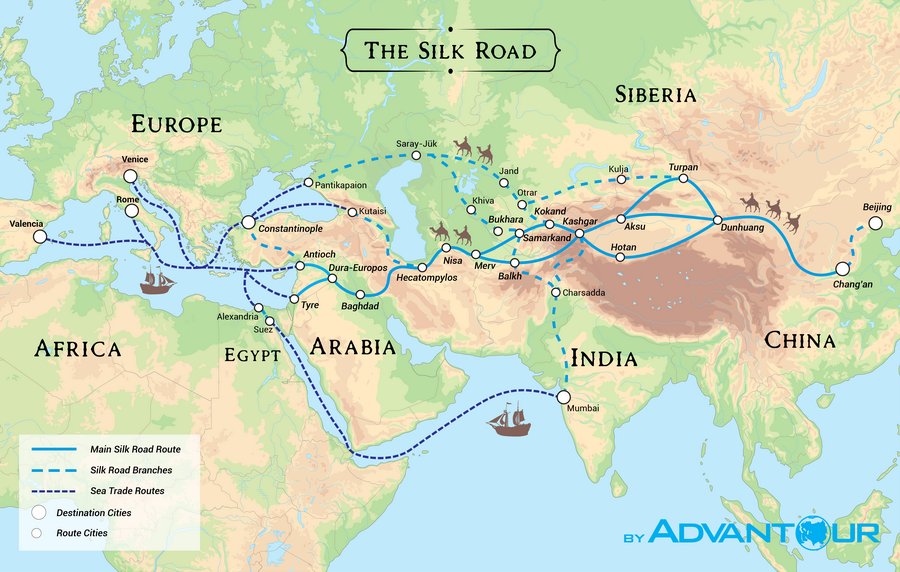The Silk Road was an extraordinary network that connected civilizations across vast distances, fostering the exchange of goods, culture, languages, and religions for centuries. This ancient trade route has left behind remarkable structures, relics, and artifacts that preserve the stories and mysteries of its past.
Our Silk Road travel guide will help you delve into the history, routes, culture, and lives of the people who traveled this path and left a lasting impact on human civilization.
Silk Road: Definition and Overview
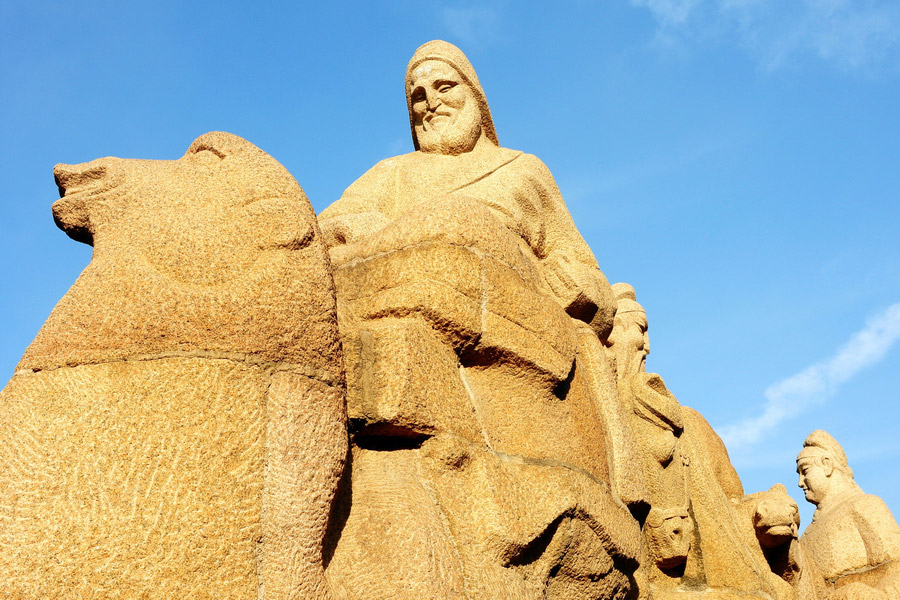
The Silk Road, a network of trade routes spanning Europe and Asia, operated from the 2nd century BC to the mid-15th century AD. According to various sources, the overland caravan routes covered between 6,400 and 10,000 kilometers.
The route earned the name "Silk Road" because silk was a key export from China. Other valuable goods were also traded, including jewelry, food, and even animals. The term "Silk Road" was first coined by German explorer Ferdinand von Richthofen in 1877. In his book "China", he calls the trade route the "Seidenstrasse".
This route has left an unparalleled legacy, and its significance continues to influence the world today, as evidenced by several modern initiatives:
- UNESCO's Silk Road Program (established in 1988).
- Numerous monuments along the Silk Road have been inscribed on UNESCO's World Heritage List.
- Projects such as China's One Belt, One Road initiative and the 21st Century Maritime Silk Road aim to revive the legacy of the Silk Road.
10 Facts About the Silk Road
- The Silk Road was the longest land-based trade route in history.
- Its eastern starting point was Chang'an (now Xi'an), China’s ancient capital.
- Valencia, Spain, is considered one of its western endpoints and is now home to Europe’s main silk archive.
- Completing the Silk Road in its entirety would have taken more than a year, but merchants typically only traveled to major transit cities.
- The Silk Road spanned more than 40 modern countries.
- The network included sea routes stretching from Japan to the Mediterranean.
- Other historical trade routes included the Spice Road, Lapis Lazuli Road, King’s Road, and Jade Road.
- The route facilitated advancements in military technology through the spread of gunpowder from China.
- Along with goods, diseases also traveled the Silk Road; it’s theorized that the plague in the 14th century, which devastated Europe, spread via the route.
- In 2024-2025, the British Museum held a significant Silk Roads exhibition with support from Uzbekistan's Foundation for Cultural and Art Development.
Discover more in our detailed Silk Road travel guide and start planning your journey along one of history's most influential trade routes.
History of the Silk Road
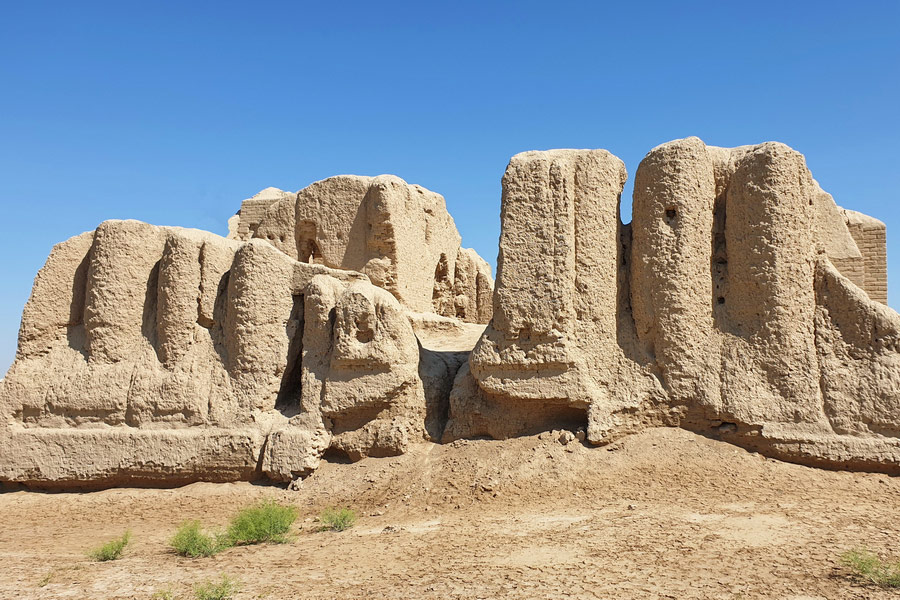
The history of the Silk Road dates back to antiquity, specifically to the 2nd century BC, when China first established diplomatic relations with Central Asia.
However, the historical framework of the Silk Road is somewhat conventional. Some 21st-century researchers, including Professor O. Kobzeva, Ph.D. in historical sciences, suggest that trade routes may have originated as early as the Neolithic period, and propose a timeline beginning in the 3rd millennium BC. At that time, caravan routes connected various parts of Eurasia, but did not yet extend to China - a region that would later be instrumental in the development of the Silk Road.
In 128-127 BC, the Chinese ambassador Zhang Qian traveled to Bactria to forge alliances against the Hunnu (Huns). Although the Yuezhi people of Bactria, who had previously fought the Huns, refused to form an alliance, Zhang Qian's journey proved economically valuable. His travels lasted for years, during which he documented the life and culture of Central Asia. His reports helped the Han Empire establish trade relations with Central Asia, marking the early stages of the Silk Road.
Later, in the 2nd century AD, China expanded its cooperation with the Roman Empire. The first known direct contact between these two Silk Road powers occurred in 166 AD, when envoys of Marcus Aurelius arrived in China. This period is generally considered to be the earliest phase of the Silk Road.
The further history of the Silk Road included the following major periods:
The decline of the Silk Road as a global trade network began in the 15th century due to a number of geopolitical factors. One major reason was the Ottoman Empire, which blocked several major routes to Europe. Nevertheless, some overland trade routes remained active until the late 19th century.
Silk Road Countries and Routes
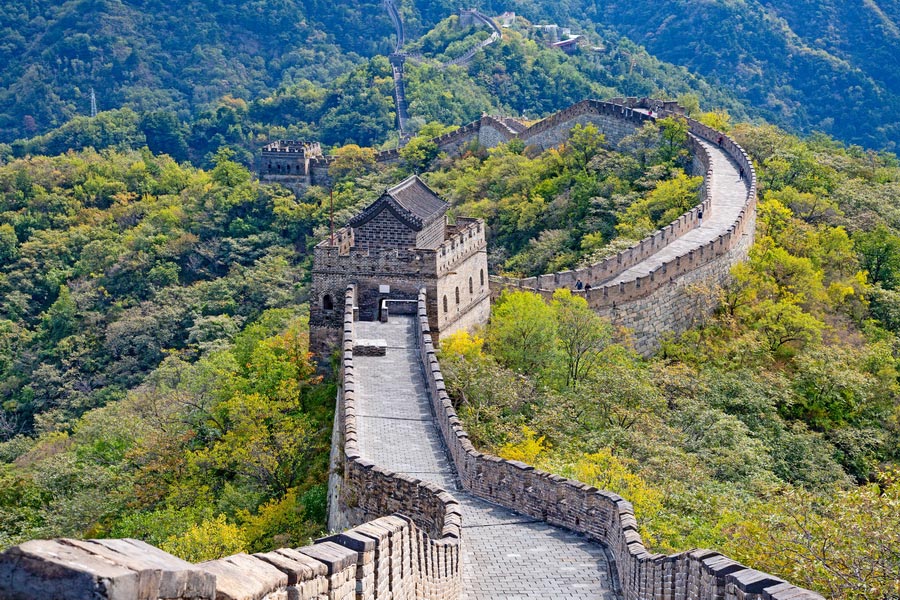
The vast territory once united by the Silk Road now encompasses 40 countries, all of which were economically and culturally impacted by this historic network. China served as the starting point, while the end point varied depending on the goods being transported, often reaching Mediterranean cities in Europe. In particular, Xi'an was the starting point, but Japan (specifically Nara) was also integrated into the route system. Goods reached as far as Genoa, Venice, and Constantinople, with Valencia marking the westernmost destination of the Silk Road. In this way, the Silk Road spanned the Eurasian continent and beyond.
Routes that Preceded the Silk Road:
- The Jade Road: Connected western China with northern regions, believed to have originated about 5,000 years ago.
- King's Road: Established in the Middle East by Darius I around 500 BC, linking Susa and Sardis.
Other routes, such as the Meridional, Steppe, and Lapis Lazuli Roads, later became part of the Silk Road system.
The primary Silk Road split into three main routes - Northern, Central, and Southern - along with additional branch routes that further extended its reach across Eurasia. Besides, there were other routes of the Silk Road.
Main Silk Road Countries:
10 Key Cities Along the Silk Road Route:
Trade Goods of the Silk Road
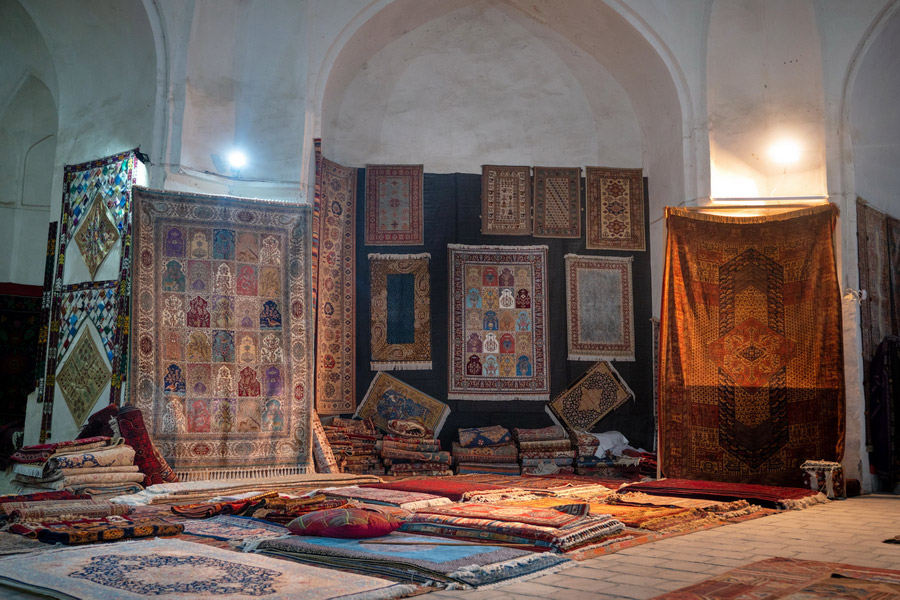
The most important good along the Sino-European trade routes was silk. The origin of silk can be traced back to a cup of tea, as legend has it: one day, the cocoon of a silkworm fell into the tea of the Yellow Emperor's wife in China. When she retrieved it, she discovered a fine thread suitable for yarn.
This marked the beginning of a vast silk industry that carried silk from the Empress's cup to the noble houses of Central Asia and Europe. Silk brought China great wealth and recognition, establishing it as the world's leading silk producer - a position it maintains today, producing nearly 80% of the world's silk.
In addition to silk, the caravans of the Silk Road carried many other goods, including:
- Tableware: Especially high-quality Chinese porcelain, prized for its delicacy and elegance.
- Tea: Primarily from China, which remains a leading exporter of tea.
- Paper: One of China's most transformative inventions.
- Spices: Shipped mainly from India, bringing rich flavors to the West.
- Jewelry: Precious metals and stones, including jade, were popular trade items.
- Animals: Especially camels and valuable breeds of horses.
- Carpets: Carpets from Khiva and Bukhara were prized along with Persian rugs.
- Fruits and Berries: Central Asian grapes, watermelons, peaches, and melons were highly prized in Europe.
- Perfumes and Aromatic Herbs: Indian and Chinese perfumes and aromatic herbs were also transported along these routes.
Historical Significance of the Silk Road
- Economic Development: The Silk Road passed through multiple states, requiring the establishment of rules and laws for trade. Warehouses, inns for merchants, and international currency standards were also developed. In many ways, the Silk Road laid the groundwork for global trade relations that anticipate modern-day globalization.
- Cultural Exchange: The Silk Road fostered a rich exchange of ideas in art, literature, and philosophy, allowing cultures and languages to intermingle. This cultural interaction contributed to the emergence of exceptional scientists, poets, artists, and musicians from Late Antiquity through the Middle Ages and Renaissance periods.
- Spread of Religions: The Silk Road facilitated the spread of religious teachings across regions. Buddhism reached China, Japan, and parts of Central Asia; elements of Christianity made their way into Asia; and Islam, originating on the Arabian Peninsula, became particularly influential.
- Technological Advancements: One of the most impactful innovations carried along the Silk Road was paper, first produced in China in 105 A.D. from mulberry bark. Paper production spurred significant advancements in scientific and cultural achievements across regions.
- Urban Development: Key cities along the Silk Road flourished, with thriving trade contributing to prosperity and supporting development across various fields, including architecture. To this day, the grandiose squares, caravanserais, and mausoleums built during the Silk Road era reflect the road’s lasting impact.
The Silk Road in Literature and Art
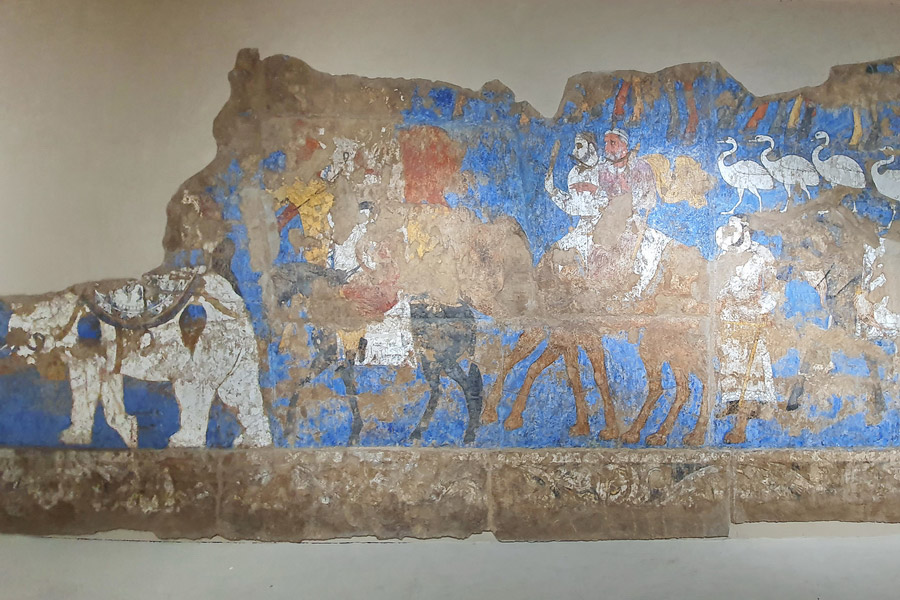
The Silk Road has had a profound influence on art and literature, inspiring numerous works that capture its history and mystique. The tradition of writing about the Silk Road began in the Middle Ages, when travelers documented their adventures and described the lands, peoples, and cultures they encountered along the way. One of the most famous of these travelers was Marco Polo (1254–1324), a European merchant who spent almost 25 years traveling in China. His experiences were immortalized in The Book of the World's Diversity, which played a pivotal role in the romanticization of the Silk Road. His account was so widely read in Europe that it is said to have influenced Christopher Columbus to seek a sea route across the Atlantic to India.
Another key figure in Silk Road literature was Ferdinand von Richthofen, who proposed the very term "Silk Road" itself in his seminal work China. This five-volume collection, published between 1877 and 1911, explored the routes in detail. In more recent times, French journalist Bernard Ollivier walked thousands of kilometers along the Silk Road, documenting his journey in books such as Out of Istanbul (2019), Walking to Samarkand (2020), Winds of the Steppe (2020), and Back to Istanbul (2023).
The art of the Silk Road, which blends diverse cultural elements from multiple countries, is showcased in applied arts, large-scale murals, paintings, and ceramics. Hundreds of such pieces were on display at the British Museum's Silk Roads exhibition in 2024-2025. Uzbekistan, a key participant in this project, contributed the largest collection, including masterpieces such as Afrosiab and Varakhshi murals, panels from Kofir-Qala Castle, and exquisite ivory chess pieces from Afrosiab.
Silk Road Tours
When planning a trip along the Silk Road, there are a number of tour options to choose from:
- Cultural Tours: Explore the rich history, culture, art, and architecture of the cities that lined the ancient Silk Road. These tours are the most popular.
- Theme Tours: Discover unique aspects of Silk Road life, such as gastronomy, with food-focused tours that showcase regional specialties. Central Asian delights such as pilaf, kebab and beshbarmak are among the must-try dishes.
- Active and Nature Tours: The Silk Road traverses diverse landscapes and climates. From the mountain ranges of Central Asia to the peaks of the Caucasus, these tours offer scenic vistas and exciting outdoor experiences.
You can enjoy adventures in several countries along the Silk Road or focus on the special charm of a single destination.
Advantour International Agency offers a range of Silk Road tours, offering luxury experiences as well as more budget-friendly options to suit different preferences.


